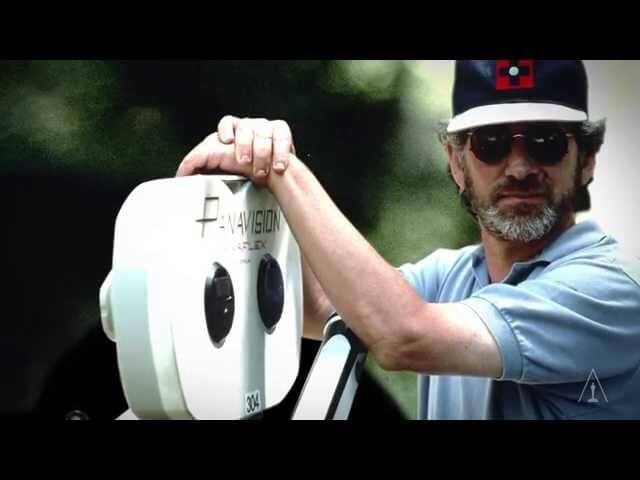Here’s how Jurassic Park changed the special effects game

Computer generated imagery was by no means invented for Jurassic Park. By the time Steven Spielberg’s adventure megahit went into pre-production, Industrial Light & Magic had been refining the art and science of CGI for years. (Star Trek II: The Wrath of Khan just barely beat Tron to theaters and thus has the honor of containing cinema’s first entirely computer generated sequence.) But at the time CGI was considered a novelty, a trick that filmmakers could turn to when practical effects failed. So when Spielberg hired creature creator Phil Tippett and the practical effects masters at Stan Winston Studio to bring Jurassic Park to life, the conventional wisdom was: You don’t have to use CGI to make dinosaurs, so why use CGI to make dinosaurs?
Then Spielberg contacted ILM about doing some minor CGI graphics work for the film. Confident that CGI dinos were the way to go, ILM animator Steve “Spaz” Williams started secretly working on a T. Rex animation test. And although the animation was not approved by his bosses at ILM, Williams made sure that it was playing on his monitor when Jurassic Park producers Kathleen Kennedy and Frank Marshall visited his office.
The rest is explained in a new video from the Academy of Motion Pictures Arts & Science’s “Academy Originals” series called “Moments That Changed The Movies: Jurassic Park,” a look at a turning point in movie history that’s fascinating no matter what side of the “CGI vs. practical” debate you’re on. Ultimately, what makes Jurassic Park so successful is the seamless combination of CGI and practical effects—of the 15 minutes of dinosaur footage in the film, nine are practical and six are computer generated—a lesson that today’s CGI-happy filmmakers could probably take to heart.